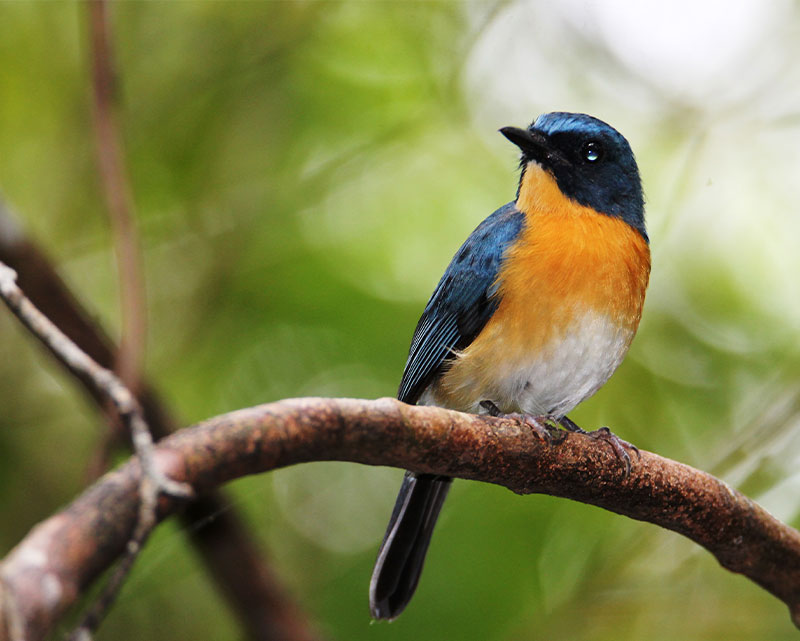Strategic approach and SPI alignment
Our strategy has four cornerstone programs: reforestation, agroforestry/community agriculture, biodiversity protection, and circular economy practices. Each program contributes to the ‘Basic Human Needs’ and ‘Foundations of Well-being’ dimensions of the Social Progress Index (SPI), ensuring a positive impact on environmental quality and community well-being.
- Reforestation and agroforestry: Through the sustainable practices in our Conservation Estate, we are contributing to improving land and water quality, aligning with the SPI’s environmental quality indicators. This effort has not only restored degraded landscapes but also provided more than 600 community members with sustainable livelihood opportunities since 2014 with sustainable livelihood opportunities, contributing to the SPI indicator of access to basic knowledge through educational initiatives on sustainable farming.
- Biodiversity protection: Our conservation efforts have protected 146 species, enhancing local biodiversity and ecosystem resilience. This aligns with the SPI’s ecosystem sustainability by preserving natural habitats that are crucial for medicinal resources and disease regulation.
- Circular economy practices: The introduction of circular initiatives, such as the eco-brick classroom, minimizes waste and promotes resource efficiency, directly contributing to the SPI’s environmental quality indicator.
Moving forward
As we look to the future, our focus will extend beyond traditional conservation efforts to include initiatives that enhance access to information and contribute to the health and nutrition of our communities. By continuing to align our biodiversity efforts with the SPI, we aim to not only preserve natural habitats but also enrich the lives of the communities we serve, ensuring a sustainable and vibrant future for all.
 This mangrove fly catcher is among the species of birds that we protect in our Ilocos Norte Conservation Estate.
This mangrove fly catcher is among the species of birds that we protect in our Ilocos Norte Conservation Estate.